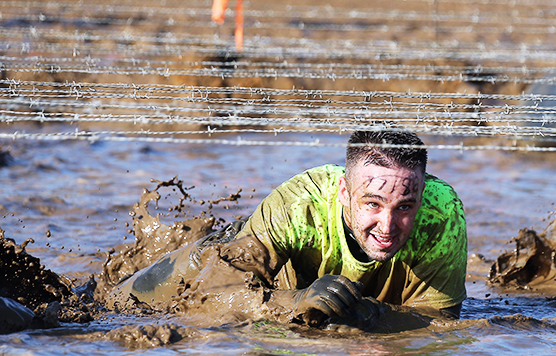
I found this article and thought it was worthy to report here. This was originally posted on Livestrong and written by Pete Williams. This nicely recaps everything we have been saying on our show. You can find the full article here.
In the world of endurance sports, 2012 was the year of the obstacle race, with more than 2 million people competing in some sort of muddy challenge run.
Last year nearly 500,000 people completed a Tough Mudder, the 12-mile slog through strength challenges and Fear Factor-style obstacles, and just as many went through the shorter (5K) Warrior Dash. More than 350,000 competed in one of three versions of Spartan Race, ranging from 3 to 15 miles and requiring athletes to perform 30-burpee penalties each time they fail an obstacle, as well as navigate a gauntlet of mallet-wielding Spartan warriors to reach the finish line.
Obstacle races require both strength and cardiovascular endurance, combining running with climbing ropes and walls, slithering under cargo nets and barbwire, carrying sandbags and logs, leaping over fire, and crawling through claustrophobia-inducing tubes and freshly-dug tunnels.
Since many recreational athletes fall into two camps – distance-running enthusiasts and the anaerobic strength-training gym rat crowd – they often lack the overall fitness to navigate an obstacle course without walking parts of it.
Runners have no problem covering 3 to 15 miles, but are slowed by the challenges. The gym rats push through the obstacles easily, but can have trouble running long distances.
It’s possible to have both aerobic and anaerobic fitness, speed and strength, lean mass and flexibility. But rather than viewing workout sessions in terms of separate strength and cardio days, think of obstacle race training in terms of integrated workouts. That way you’ll be prepared for any challenge that comes out of the twisted minds of those who create obstacle race courses.
9 Training Tips to Survive and Thrive in Your Next Tough Mudder, Spartan Race or Other Event
1. Hit the Park: You can simulate many obstacles in your local park. Jump over fences and picnic tables. Using a park bench, alternate between sets of push-ups and dips. Run up grassy hills and crawl under low-hanging branches. Everything you need to train for an obstacle race can be found outside the gym, no membership required.
2. Warm Your Core: An active warm-up is important before an obstacle race or training session since you’re using your entire body, often in ways you don’t expect. Front and side planks, glute bridges, walking lunges, and lateral lunges not only prime you for movement they’ll boost performance and help prevent injury.
3. Hit the Playground: In an obstacle race you’ll be called upon to navigate monkey bars, balance on beams, climb walls, and traverse ropes. Chances are you can find all of those things at your local playground. This is a great excuse to play more with your kids. Don’t have kids? Borrow some nieces or nephews. No kids available? Use the playground in off hours.
4. Run Intervals: Long, slow distance runs have a place in some training programs. Interval training builds speed and is especially important in obstacle race training, which combine intervals of running and obstacles. After a warm-up run, alternate between intervals of work and rest, i.e. three minutes of running at 80 percent followed by 3 minutes of walking or light running.
5. Run Hills: Unlike the steady, paved inclines of road races or the run portion of triathlons, obstacle races feature short, steep, off-road climbs. Here, too, your local park can be a perfect training ground. Sprint uphill and take twice the time to walk down. Repeat several times. Be sure to keep your stride compact to prevent hamstring pulls.
6. Run Offroad: Obstacle races take place off road. So why train on concrete or asphalt, which is harder on the body anyway? Even in urban areas, you usually can run on the grass along sidewalks, through parks, on gravel or packed sand, and along waterways. Challenge yourself to run as much as possible off-road, leaping over sidewalks and other paved areas.
7. Mix It Together: Obstacle race training is not just about running, of course. Simulate the rhythms and challenges of a race by stopping every half a mile to do a dozen pushups, pull-ups, or burpees. You can perform 30 mountain climbers or body-weight squats. Or do a combination of two or three exercises after each half a mile. The key is to make it continuous, mimicking a non-stop obstacle race.
8. Get Creative: The world is your obstacle course. Safety is always the primary concern, of course. But there’s no reason you can’t run up and down that mountain of mulch available to the public at your local park. Those huge concrete culverts along your running trail waiting for installation? Why not bear-crawl through them as you will in a race? Instead of avoiding muddy trails after rain, embrace them.
9. Be a Kid Again: Children are natural obstacle racers. They instinctively climb or leap to touch anything in their paths. They attack playground “obstacles,” in a non-stop flurry of running. Instead of working out in a gym, play outside to train. You might find you enjoy it just as much as the muddy obstacle race itself.
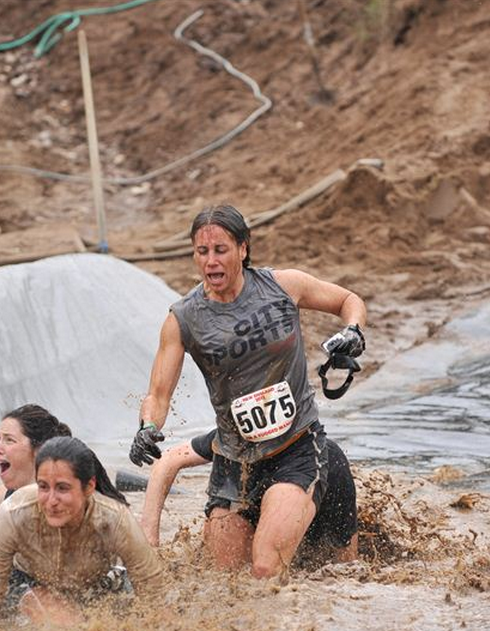
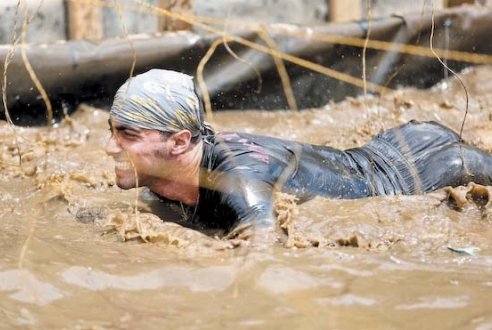

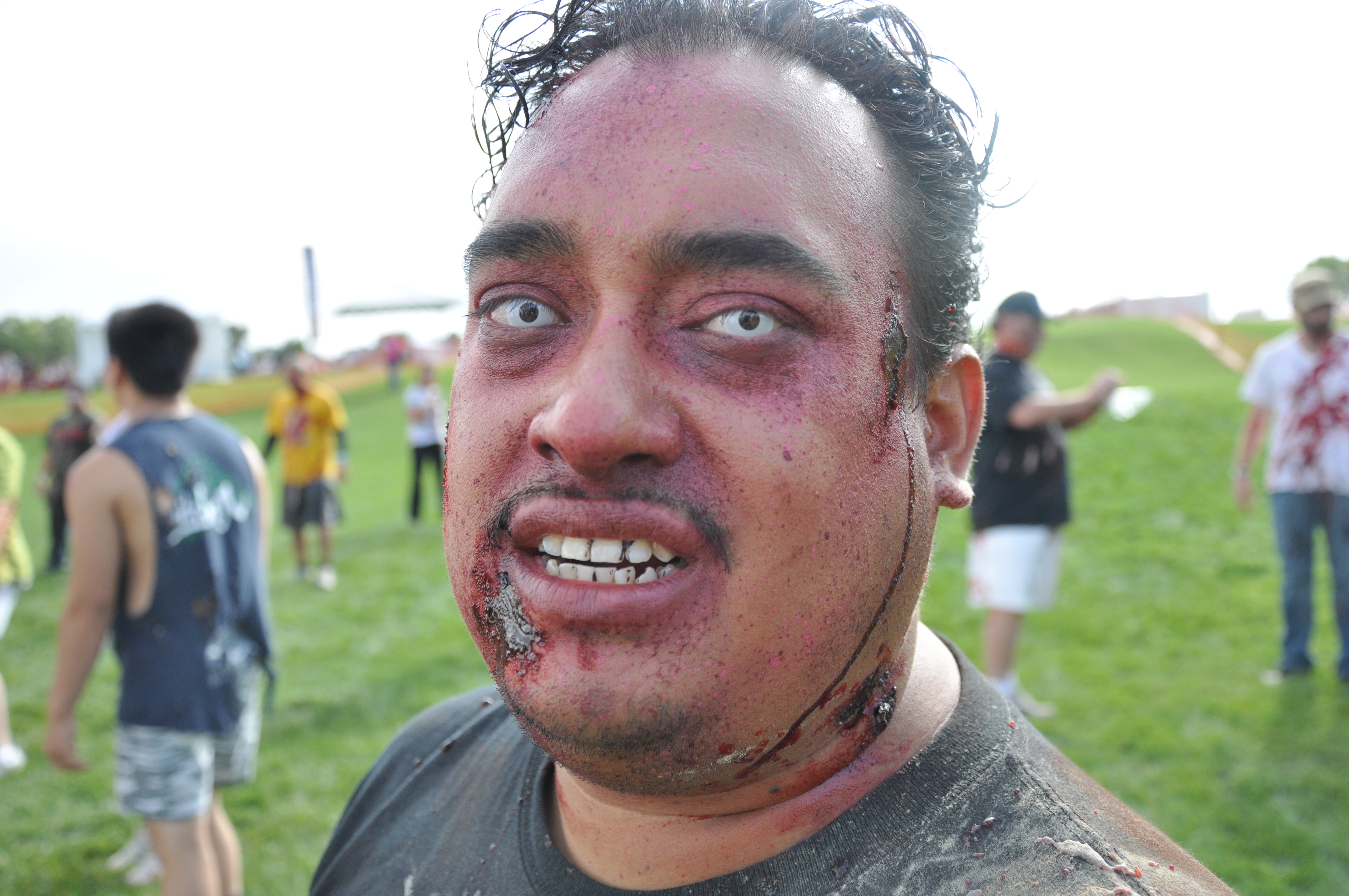

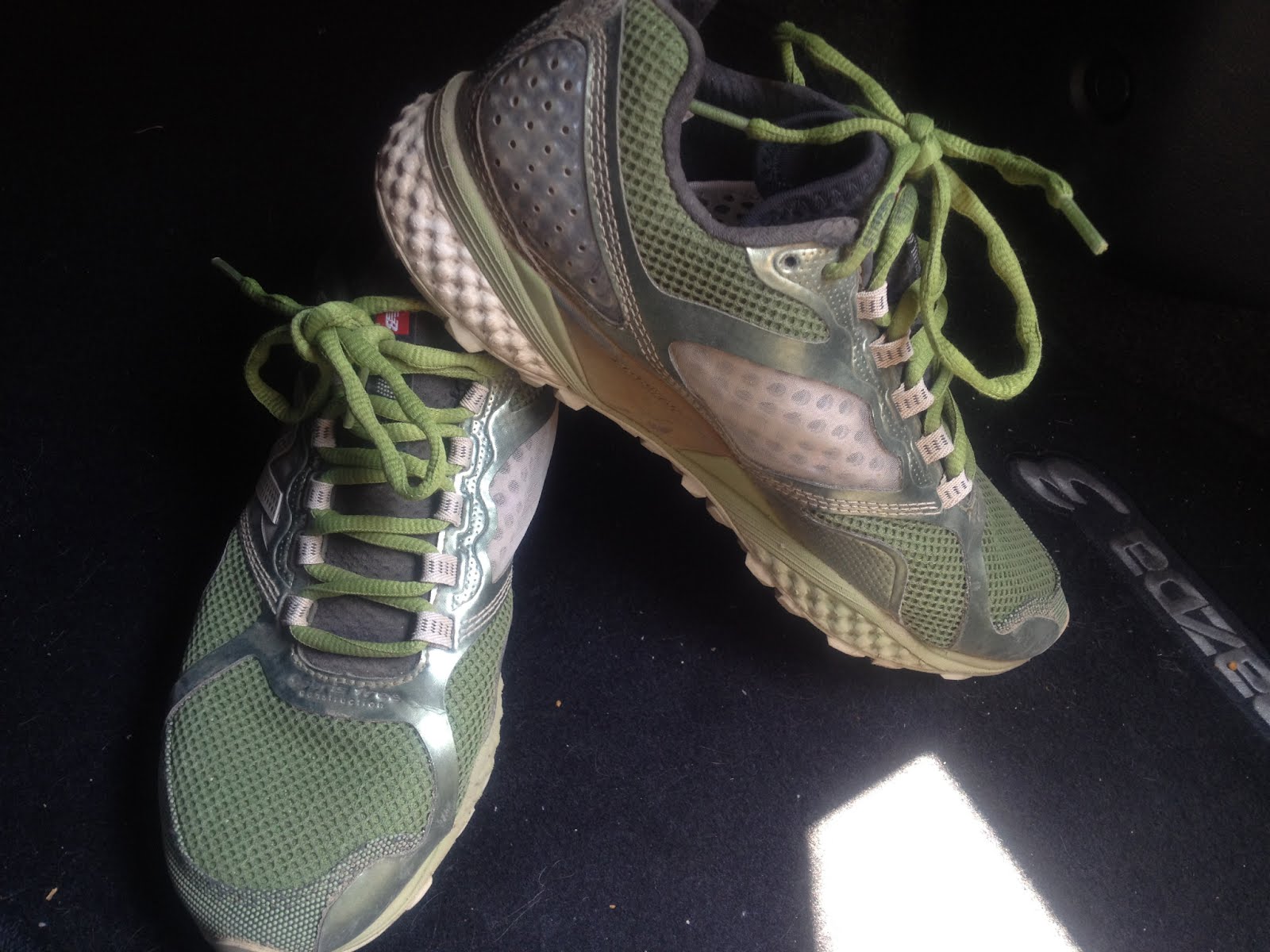









Speak Your Mind